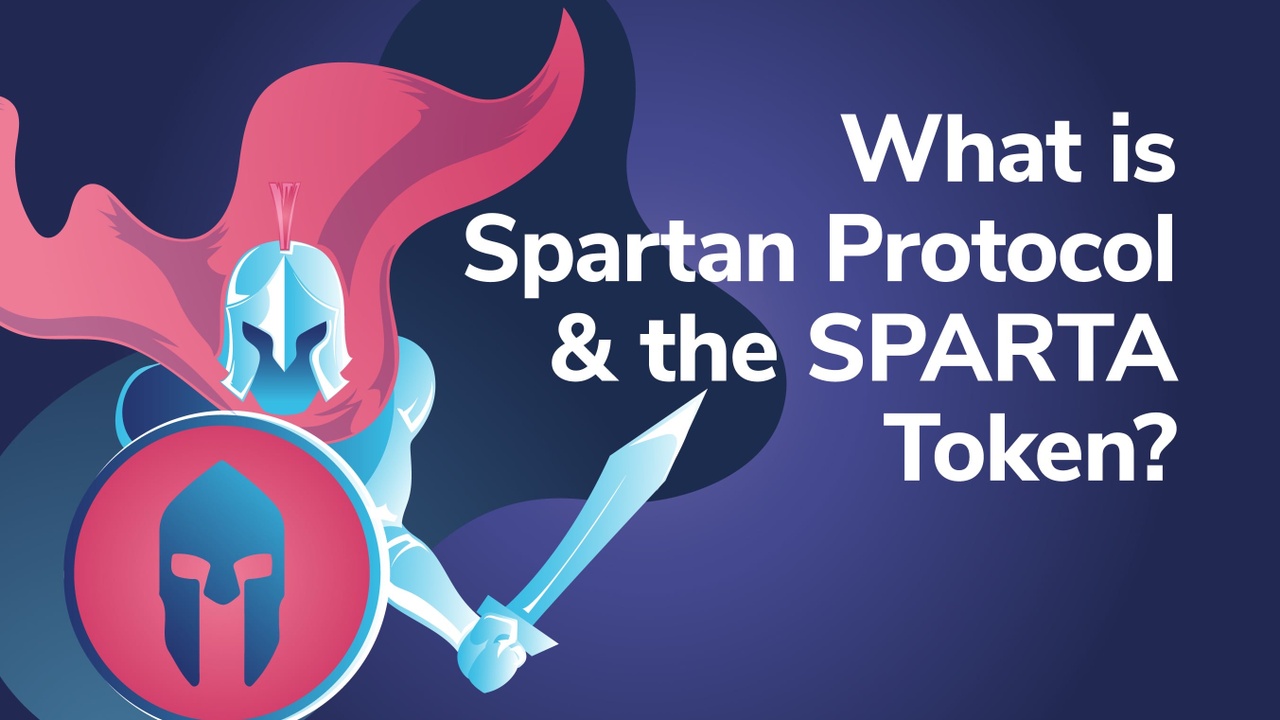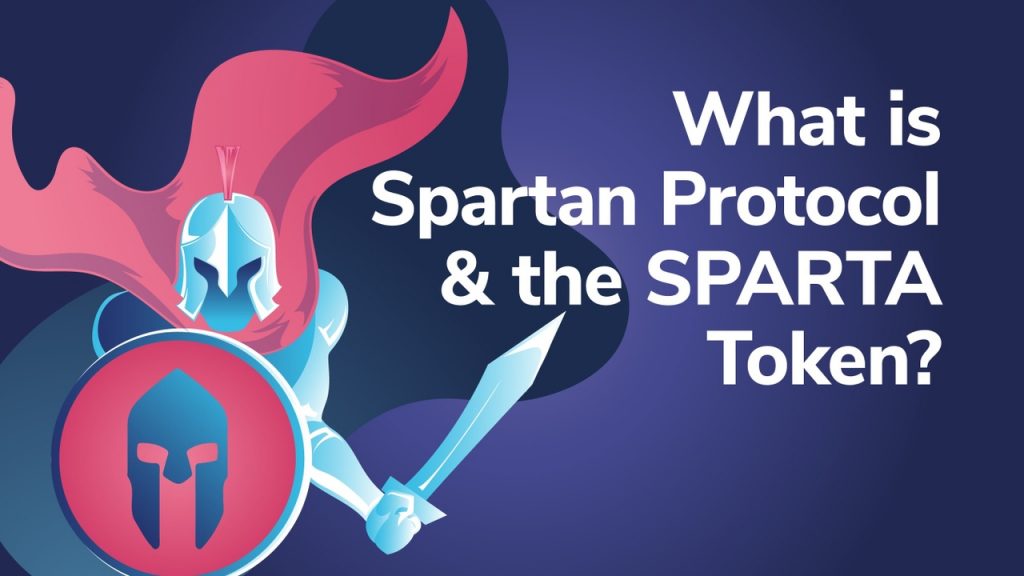
Spartan Protocol is a community-driven automated market maker (AMM) that facilitates synthetic asset creation, incentivized liquidity, and asset swaps. One of many recent features of the ever-expanding Binance Smart Chain (BSC) and Binance ecosystem, Spartan Protocol uses the native SPARTA token as a common base asset across the platform. Furthermore, the SPARTA token creates an internal pricing system, meaning the project can operate without the use of external oracles.
In this article, we’re going to take a close look at Spartan Protocol and the SPARTA token. We’re going to explore the various use cases for this newly emerging project and discuss some of the features that make it unique. Furthermore, we’re going to look at Binance Smart Chain (BSC) and find out why it is quickly becoming the go-to blockchain for developers.
If you’re just entering the crypto space for the first time, welcome! The Crypto Basics course at Ivan on Tech Academy is the perfect place to start your journey! Here you can learn how to safely buy, sell, and store your crypto. Also, if you want to learn how blockchain works on a more technical level, be sure to follow up with the Blockchain & Bitcoin 101 course at Ivan on Tech Academy!
What is Spartan Protocol?
Spartan Protocol is building a decentralized exchange (DEX) using an automated market maker (AMM) algorithm and liquidity-sensitive fees. One of the unique aspects of Spartan Protocol is that it facilitates the creation of synthetic assets proportional to the amount of liquidity in a pool.

Binance Smart Chain (BSC)
Spartan Protocol was built on Binance Smart Chain (BSC), an EVM-compatible, decentralized Proof-of-Staked Authority (PoSA) blockchain with ultra-fast block confirmation times. BSC facilitates token swaps between the native BEP-20 token standard (BSC), BEP-2 (Binance Chain), and Ethereum ERC-20 tokens. BSC runs parallel to Binance Chain, which is host to the regular Binance centralized exchange and the native Binance Coin (BNB). However, BSC is a landscape for the development of decentralized applications (dApps) created to combat the high gas fees on Ethereum.

When compared to Ethereum gas, Binance Smart Chain (BSC) transaction fees are minuscule. During times of high network congestion, Ethereum gas fees can make many decentralized finance (DeFi) protocols inaccessible. By reducing transaction fees dramatically, BSC is creating an environment that lowers the barrier of entry to DeFi. Not only does this benefit users with a smaller portfolio, but it also makes it cheaper, easier, and quicker for developers to build and deploy decentralized applications (dApps).
If the last few months are anything to go by, then Binance Smart Chain (BSC) stands a good chance of competing with other popular smart contract-enabled blockchains. If the recent growth and adoption of BSC continues, we could expect to see more innovative protocols blossom across the Binance ecosystem.
How does Spartan Protocol Work?
There are several key components of Spartan Protocol, each in various stages of development and deployment. The Spartan Protocol platform offers a range of applications and tools seen on many popular decentralized finance (DeFi) platforms such as Aave, Compound, and Synthetix. However, many elements are still to be fully implemented, and additional features could be added at any time. Moreover, Spartan protocol shouldn't be confused with Akropolis Protocol and its Sparta product.
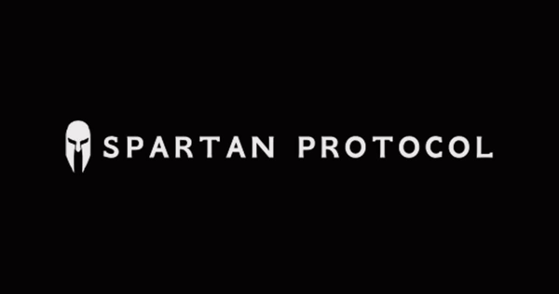
SpartanPools
An essential cog in the Spartan Protocol infrastructure is the incentivized liquidity pools using an automated market maker (AMM) model, with liquidity-sensitive fees. The Spartan Protocol does not require oracles to calculate the value assets against each other. Synthetic BEP-20 tokens are paired with SPARTA tokens, creating a common value to price other assets at. The protocol’s model of continuous liquidity pools uses crypto arbitrage opportunities to maintain a stable token price. If the token value is not the same as the market value, arbitrage traders will take advantage of the opportunity until both asset prices balance.
A further advantage of SpartaPools is its novel algorithm designed to be manipulation-resistant from token rug pulls. This is achieved through a substantial increase in transaction fees when purchasing a high percentage of pool tokens. Moreover, this algorithm allows Spartan Protocol to continue scaling and increasing liquidity.

SpartaPools use liquidity-sensitive fees, similar to THORChain’s slip-based model, unlike Uniswap’s fixed-based fee model. In short, this helps to maintain a self-sustainable incentivized structure for minting synthetic assets. Plus, this ensures prices are not subject to manipulation, and demand for liquidity can always be covered. When users provide either SPARTA or BEP-20 tokens, they are rewarded with liquidity provider (LP) tokens, which have several utilities discussed later.
If you want to take your trading game to the next level during this bull market, be sure to check out the Ivan on Tech Academy Technical Analysis 101 course. This course is designed to help you understand how to read market sentiment and make informed decisions based on data, not emotion! Once you have that down, consider Ivan on Tech Academy’s Algorithmic Trading course. Here, you can learn how to create your own trading bots and backtest your strategies to automate your trades!
SpartanSynths
Spartan Protocol uses price anchors made available from its liquidity pools to facilitate the creation of decentralized synthetic assets (synths). SpartanSynths are backed by liquidity pool shares, which are “on-market, value-stabilized and can be instantly liquidated”. Also, thanks to Spartan Protocol, liquidity-sensitive fees prevent deleveraging issues experienced by other protocols. Assets on the Spartan Protocol platform are price-pegged to the native SPARTA token, which negates the need for third-party oracles.
During the initial phase of SpartanSynths, the primary function of the synths will be to facilitate the opening of long and short positions with leverage using BEP-20 assets. Moreover, this is achieved without ‘know your customer’ (KYC) procedures or centralized exchanges.
To create synths, users must hold SPARTA tokens and BEP-20 tokens. These tokens must then be used for liquidity provision in a SPARTA/BEP-20 token liquidity pool. When liquidity pool tokens are locked into a smart contract, they become collateral for allowing users to generate synthetic assets. This effectively enters the user into a long or short position for the synthetic asset. Liquidity provider (LP) tokens along with their base assets serve as collateral. On the other hand, minted assets are essentially debt. When LP tokens increase in value, a portion of the locked tokens is automatically released. The liquidity generated can be used to create more synthetic assets which can then be added to an existing position.
Furthermore, a proposal has been made, and steps have been taken to build a ‘leverage contract’. The leverage contract aims to allow users to increase or decrease the leverage of a position using synthetic assets. Though this is not yet live, several implementations are currently under development and the broader community is encouraged to contribute on testnet once live.
Spartan DAO
Referred to as the ‘BonDAO’ Spartan Protocol’s decentralized autonomous organization (DAO) decides which assets can be enabled for synth creation. In the future, we could potentially see synthetic assets backed by stocks, gold, and other assets on the platform. This would open the door to an entirely new user base in the derivatives market and substantially increase adoption.

SpartanLending
Lending is made possible on the Spartan platform thanks to a collateralized debt and fee system. Unhealthy positions are instantly liquidated, maintaining stability throughout the pools. Furthermore, specially selected pools receive bonus dividends. These include BNB, USDT, BTCB, BUSD & ETH pools.
As with many other decentralized finance (DeFi) protocols launched on Binance Smart Chain (BSC), there are substantial gains to be made in SpartanLending pools. However, as always, larger returns usually come with higher risk. Always DYOR (do your own research) and practice risk management when using new DeFi protocols.
SpartanSwap
SpartanSwap is an automated-market-maker (AMM) that facilitates peerless token swaps without order books or intermediaries. Much like Uniswap and PancakeSwap, users can make token swaps without the requirement of a buyer or seller on the other end. However, the SpartanSwap AMM is unlike its competitors, as it uses liquidity-sensitive fees. Furthermore, SpartanSwap has a common settlement asset, the SPARTA token.
SPARTA Token
The native BEP-20 SPARTA utility token is used for liquidity mining rewards and voting in governance proposals. Spartan Protocol wanted to distribute tokens as fairly as possible across the decentralized community. As such, there was no private sale or seed round, nor were there any airdrops or early distributions. The Spartan Protocol token (SPARTA) used the innovative ‘Proof-of-Burn’ model as part of the token distribution.
The maximum supply of tokens is 300 million. The first 100 million tokens distributed was through the ‘Proof-of-Burn’ process. This involved users trading Binance Coin (BNB) or other BEP-2 assets, which would then be burned, in return for newly-minted SPARTA tokens. The remaining 200 million tokens will be programmatically emitted by Spartan over the next 10 years. For the purposes of user incentives, this will begin at 35% APY and decrease over time.
The Spartan Protocol tokenomic structure creates a decreasing circulating token supply, alongside increased liquidity, with the ability to swap between pools with ease. In turn, this should increase demand for SPARTA, in addition to the utility of the token.
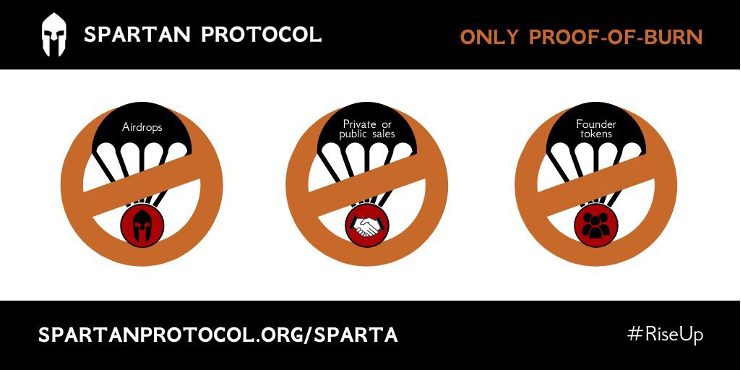
Total SPARTA Distribution:
300,000,000 SPARTA (Total Max Supply)
62,631,685 SPARTA (Total Minted)
50,603,270 (Circulating)
$15,984,561 (Market Cap)
(Figures updated 3rd of February 2021)
LP Tokens
As already previously mentioned, providing BEP-20 or SPARTA tokens to liquidity pools rewards participants with LP tokens. The tokens represent a percentage participants have provided within the pool. Users then have a choice as to how they would like to use them. Firstly, participants can simply hodl their LP tokens, and watch the value of them rise while receiving rewards through ‘slip fees’ and ‘dividends. Alternatively, participants could opt to stake their LP tokens in the Spartan DAO, as these tokens offer voting rights to protocol update proposals. Moreover, staking LP tokens in the DAO entitles users to receive additional SPARTA tokens as rewards for governance participation.
SPARTA LP tokens can also be used as collateral when minting synthetic assets. When users would like to redeem their BEP-20 or SPARTA tokens from liquidity pools, they must first turn in LP tokens representing the desired percentage they’d like to withdraw. LP tokens are exchanged for the same value split between SPARTA/BEP-20 assets. Moreover, the LP tokens represent a percentage of the pool. Therefore, if users have been hodling their LP tokens for a while, there is a chance they will be worth more if the value of the liquidity pool has increased.
Decentralization
Spartan Protocol was built for the community, by the community, and reaps many of the benefits of the Binance ecosystem. However, the protocol is fully decentralized. There is no official team behind Spartan Protocol and the project has no treasury. Furthermore, Spartan Protocol requires no maintenance and is completely autonomous.
Though this may appeal to some users of decentralized finance (DeFi), it must be noted that this project is essentially a bet on the success of Binance Smart Chain (BSC). As such, users should always exercise caution and risk management when using experimental decentralized applications.
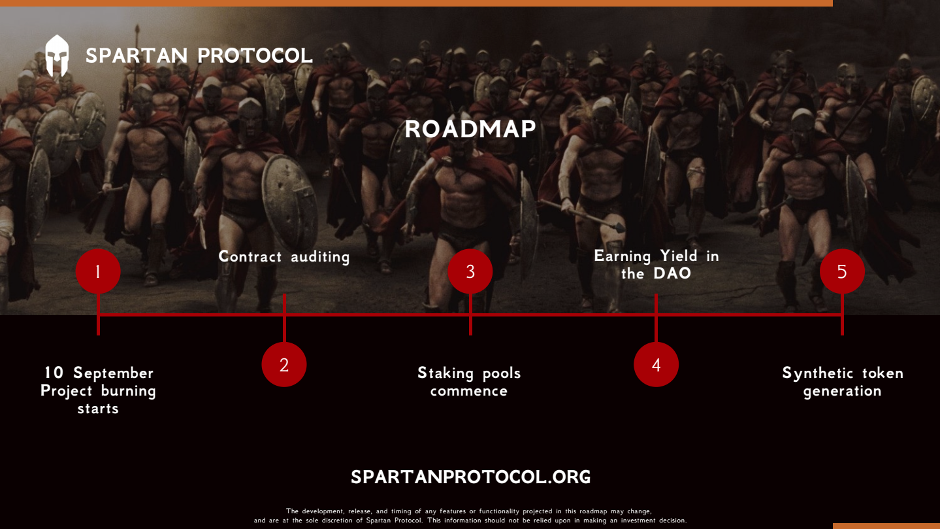
Spartan Protocol Summary
Spartan Protocol is one of the stand-out projects to launch Binance Smart Chain (BSC). This is thanks to the combination of decentralized lending, token swaps, and synth creation. Furthermore, Spartan Protocol is pushing the boundaries of decentralized finance (DeFi) by creating an experimental and innovative platform with the potential for great utility.
Despite the anonymity of the Spartan Protocol team and the decentralized nature of the project, the fact that it is a part of the Binance Smart Chain (BSC) ecosystem could give the platform a perceived element of authenticity, which is often difficult to obtain.
To learn more about DeFi, check out the DeFi 101 course at Ivan on Tech Academy! Here you can gain foundational knowledge in one of the most exciting industries of a generation. If you want to take your DeFi game to the next level and create your own decentralized applications (dApps), then be sure to follow up with the DeFi 201 and Ethereum Smart Contract Programming 101 courses at Ivan on Tech Academy, the number one online platform for blockchain education! Also, don’t forget to follow us on Twitter @Academy_IOT to keep up-to-date with all the latest crypto updates!
